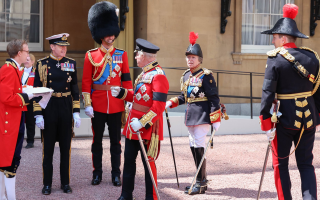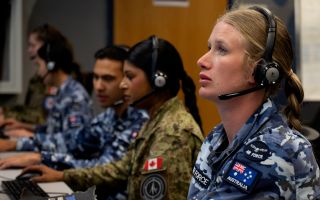Challenger 3: Could the tank's weight be a problem in war?
Could Challenger 3's weight be preventing it from being as effective as it could potentially be?
Doctor Jack Watling, a Senior Research Fellow for Land Warfare at the defence and security think tank Royal United Services Institute, has suggested that the new 66-tonne Challenger 3 main battle tank (MBT) currently being developed, might be too heavy.
Dr Watling has launched his new book, The Arms of the Future, in which he analyses how the emergence of novel weapons systems is shaping the risks and opportunities on the battlefield.
Dr Watling said: "When you start to get heavier and heavier, it doesn't necessarily make (the tank) more survivable.
"What it does do is make you much less manoeuvrable and harder to sustain. The sustainment itself is quite easy to target.
"And so being lighter and having more options in terms of which bridges you can cross, which roads you can go along whilst still having a sufficient level of protection to survive the majority of threats on the battlefield, and still being able to carry a pretty lethal armament is actually preferable."
Dr Watling believes a tank's ideal weight is 54 tonnes and said: "If you were designing a tank from scratch today it might well look closer to Ajax than the Challenger 3."
Ajax is a 38-tonne armoured fighting vehicle for the British Army but the project has faced delays and suffered numerous issues.
Dr Watling continued: "That doesn't mean that Challenger 3 is not a useful capability, and it doesn't mean it isn't more capable than Challenger 2."
The British Army will get a 148-strong fleet of Challenger 3 tanks, expected to reach initial operating capability by 2027, the Ministry of Defence (MOD) then aims for the tanks to be fully operational by 2030.









